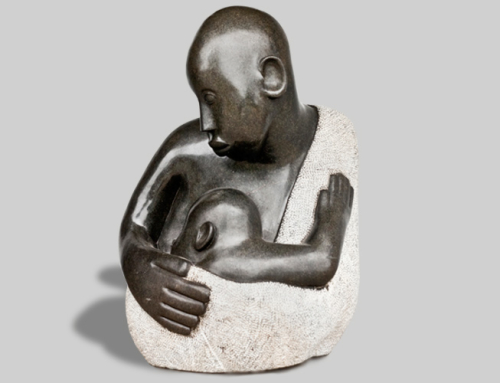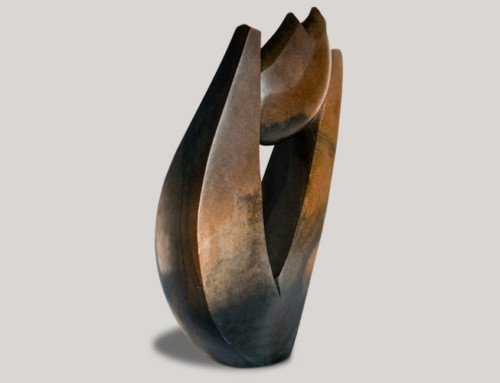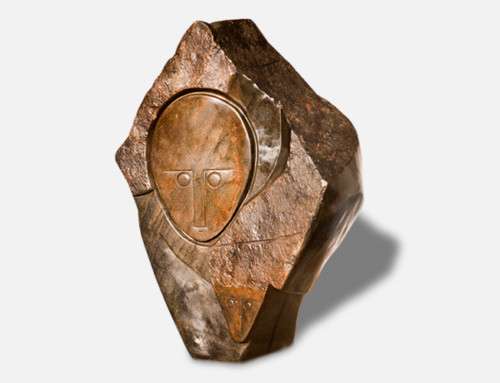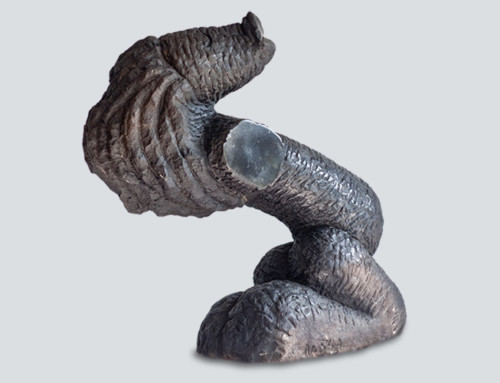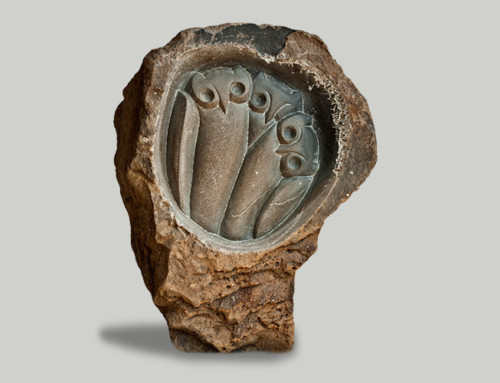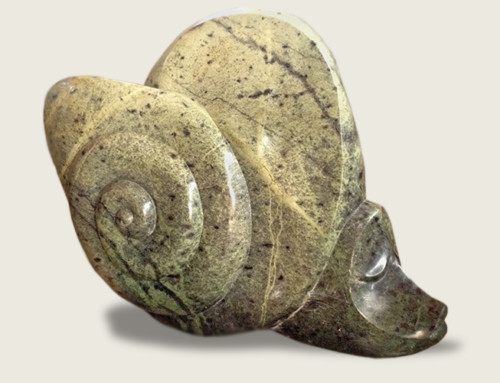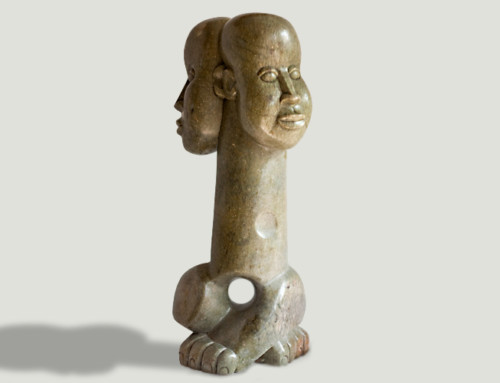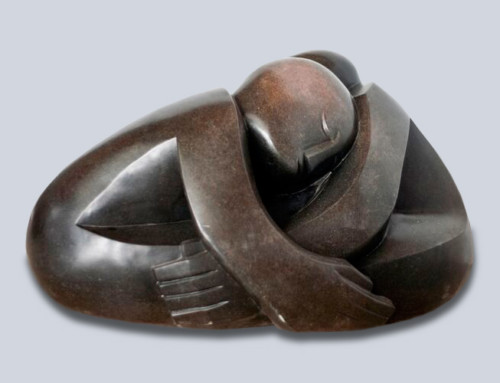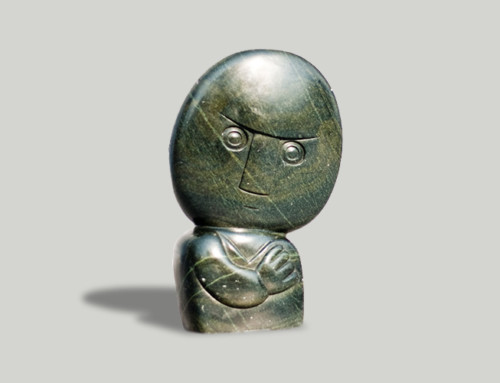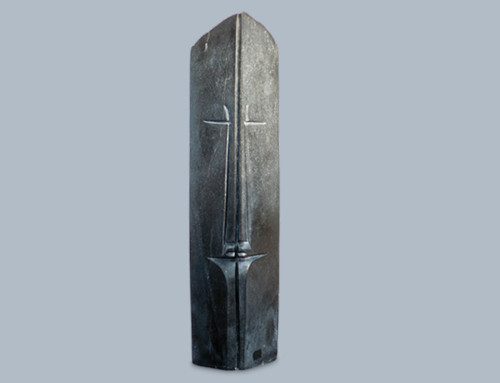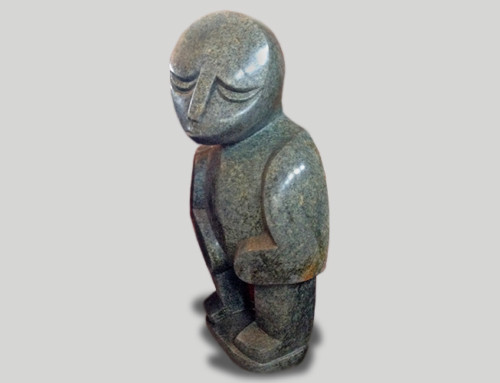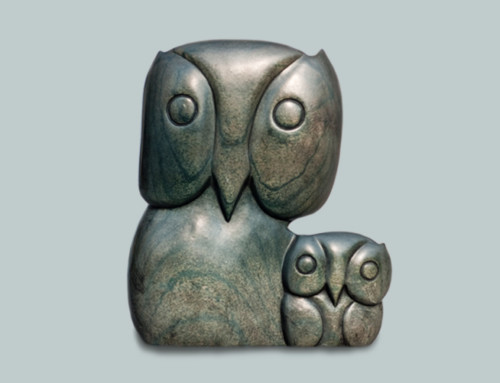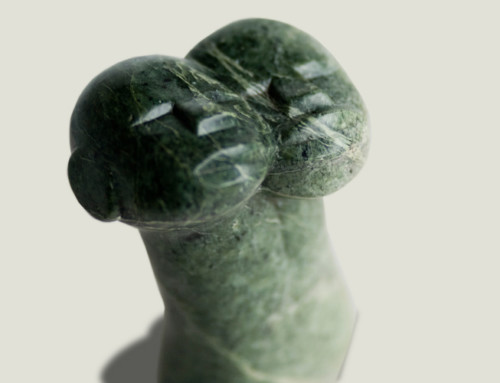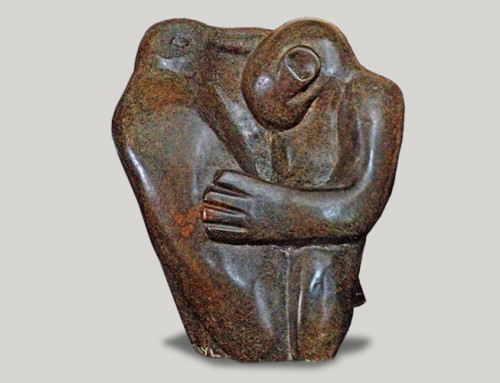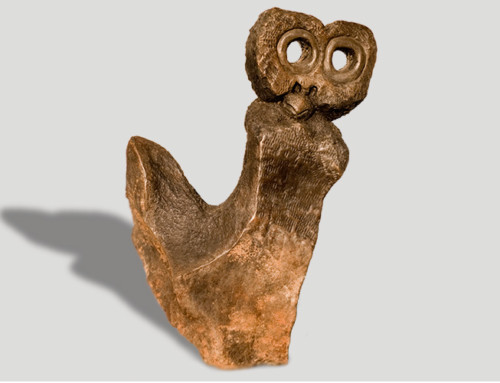JOHN TAKAWIRA
(1938-1989)
Born in 1938 in Chegutu, John Takawira moved with his family to Inyanga–arguably the spiritual heartland of Shona sculpture–at the age of two. Twenty years later his introduction to carving came from Joram Mariga, a relative, and the man recognized as the first of Zimbabwe’s stone sculptors. Frank McEwen was soon introduced to Takawira’s work and immediately recognized his talent. As early as 1963, the National Gallery of Zimbabwe included work by Takawira in its Annual National Exhibition.
In 1969, Takawira joined the rural community of sculptors that McEwen had established at Vukutu, and he stayed there until its closure in 1976. Takawira derived many subjects from his dreams, which often featured the baboon, the owl and the bateleur eagle. The baboon in particular was much admired by Takawira as an animal that survives simply by stealing what man cultivates. As J.S. Lincoln wrote in his book, The Dream in Primitive Cultures: “The dream among tribal people worldwide is often considered even more real than actuality, since the dream world is the abode of the spirits that control events in the real world…Dreams are the main area of contact with the spirits, so it is understandable that they should be an immediate source of much art and mythology.”
Takawira had a massive physical presence as well as a massive talent, and his untimely death in 1989 left a correspondingly massive void among the ranks of the “first generation” of Shona sculptors.

